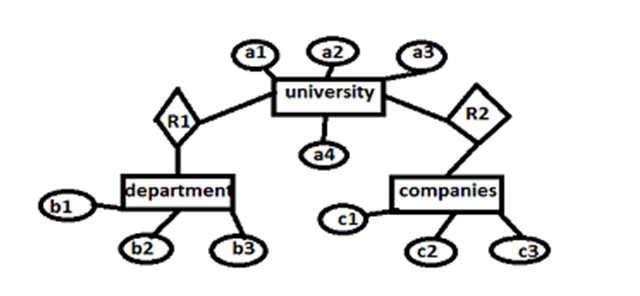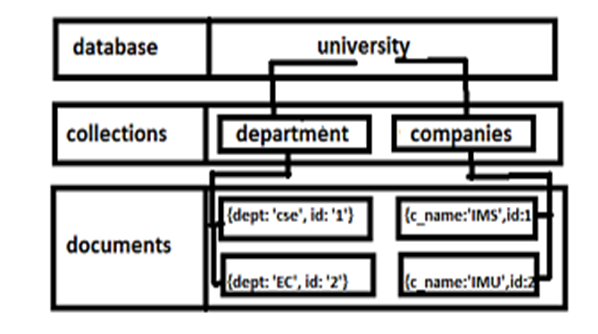Home »
DBMS
Difference Between SQL and NoSQL
SQL Vs. NoSQL: In this tutorial, we will learn about SQL and NoSQL, and the differences between SQL and NoSQL.
By Bharti Parmar Last updated : May 27, 2023
What Is SQL (Structured Query Language)?
SQL stands for Structural Query Language, used to retrieve data from the database. It is the core of the relational database. It is a schema based and easy to retrieve data and having the complex queries.SQL stand for Structural query language, used to retrieve data from the database. It is the core of the relational database. It is a schema based and easy to retrieve data and have complex queries.

What Is NoSQL (Not only SQL)?
NoSQL stands for "Not only SQL" or "Non-SQL", used to provide a mechanism for storage and retrieval of data from the database and it is also the next generation database. It has no schema and can handle a huge or large amount of data. It is not a query language and no relationships.

Difference Between SQL and NoSQL
The following are the main differences between SQL and NoSQL based on the properties:
| Properties |
SQL |
NoSQL |
| Type of database |
Relational database - because it stores data in a structured form where table organizes structure data fields into defined columns. |
Non-Relational database - because non-relational database uses the single document file to store data instead of using the table in the database. |
| Schema |
Pre-defined schema - SQL requires you to use predefined schemas to determine the structure of your data before you work with it. Also, all of your data must follow the same structure. |
Dynamic schema - because it gives you the flexibility to change your data schema without modifying any of your existing data. |
| Database category |
Table based databases |
Document based, key value store, graph store, store wide columns |
| Query |
Can use complex query |
Not fit for complex queries |
| Hierarchical data storage |
Not fit because it uses tables to store data. |
Better than SQL because it uses key value pair to store data |
| Scalability |
Vertically scalable: increase RAM, CPU on a single server. |
Horizontally scalable: Add more servers into the cluster of servers. |
| Language |
It has a specific language (structure query language for defining and manipulating data) and it does not vary from database to database. |
It has no specific language (unstructured query language because of data stored in different forms like graph-based, document-oriented, column-oriented, or organized as a KeyValue store) and varies from database to database. |
| Online processing |
It is the best fit for transactional type applications. It uses OLTP (online transactional processing). |
It can be used for transactional type applications, but, is not stable for high load applications. It uses OLAP (online analytical processing). |
| Base property |
ACID Property (Atomicity, consistency, isolation, durability) |
CAP theorem (consistency, availability, partition tolerance) |
| External support |
Support provided by all the SQL vendors. |
Only limited experts available because for this support we have to rely on the community. |
| Example |
Oracle, MySQL, PostgreSQL, SQL Server, SQLite |
Redis, mongoDB, Apache HBASE, cassandra |
Conclusion
In this tutorial, we have learned about SQL and NoSQL database differences, its qualities, where it can use, it's all the properties, etc. I hope you understand the differences between them. Have a great day! Happy Learning!
Advertisement
Advertisement